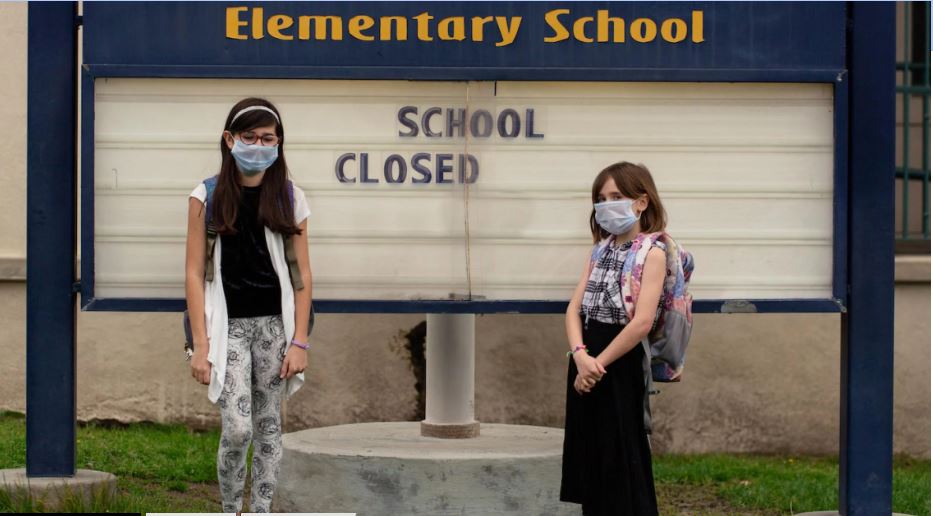Teenage drinking remains widespread in Europe. To address concerns about its negative effects on health and cognition, many European countries have raised their minimum legal drinking age from 16 to 18 in recent decades. This column reports on evidence from Spain, where regions increased the minimum age at different times, which shows that the higher minimum age reduced binge drinking and improved performance in academic tests. The findings suggest that reducing teenage alcohol consumption represents a significant opportunity to improve educational outcomes in Europe.
Teenage drinking in Europe remains alarmingly high despite recent declines among younger generations (see Figure 1). Nearly half of adolescents aged 15-16 report drinking in the past month, with 30% engaging in binge drinking (ESPAD 2019). During this critical phase of brain development, excessive alcohol consumption can impair cognitive development and increase risks of accidents, victimisation, crime, unsafe sex (DeSimone 2010) and other dangerous behaviours.
Figure 1 Teenage drinking rates in selected European countries


Notes: Map shows the proportion of teenagers aged 15 and 16 who consumed alcohol in the last month from ESPAD 2019. Data available at https://data.espad.org.
Over the past few decades, many European countries have raised the minimum legal drinking age (MLDA) from 16 to 18 years (see Figure 2). The increase in the MLDA has generally decreased alcohol consumption (Ahammer et al. 2021) although at times only moderately, with decreases ranging from 7% to 40% (e.g. Ahammer et al. 2022, Brachowicz and Vall Castello 2019).
Figure 2 Minimum legal drinking age in Europe in 2000 and 2020


Notes: Maps show the minimum legal drinking age (MLDA) across Europe in 2000 (left) and 2020 (right). Red indicates an MLDA of 18, green indicates an MLDA of 16. Yellow/orange areas represent countries where the MLDA varied by type of alcohol (typically stricter for spirits than other alcoholic beverages) or by region (case of Spain in year 2020).
While evidence from medical research suggests that the adolescent brain is particularly vulnerable to alcohol consumption, there is little causal evidence on how alcohol affects cognitive ability and whether increases in the MLDA might lead to improvements in educational performance (Squeglia et al. 2015, Robert et al. 2020). The Spanish case, where regions increased their MLDA at different times between 1991 and 2019, provides an opportunity to estimate the policy’s impact using a difference-in-differences strategy, comparing outcomes across regions that changed their MLDA with those that did not.
We measure teenage drinking using data from approximately 250,000 adolescents aged 14-17 who participated in the Survey on Drug Use in Secondary Education (ESTUDES). As shown in Figure 3, raising the legal drinking age reduced the probability of intoxication by 18% (5 percentage points). The effect was strongest among adolescents aged 15-16 and those with college-educated parents. The reduction in alcohol consumption was moderated by teenagers finding alternative access methods: while the proportion of minors obtaining alcohol directly from bars or stores dropped by 10 percentage points, those getting alcohol through older friends increased by 7 percentage points.
Figure 3 Event study: Impact of raising the MLDA on probability of intoxication, age 14 to 17


Notes: Event study showing the impact of raising the minimum legal drinking age from 16 to 18 on the probability of intoxication among teenagers aged 14 to 17. The base year is the year before the MLDA increase. Confidence intervals at the 95% level calculated using wild cluster bootstrap.
We assess the impact on academic performance using data from the Programme for International Student Assessment (PISA), a standardised test evaluating cognitive ability among students in the year they turn 16. Adolescents exposed to the policy change improved their scores in PISA by around 4% of a standard deviation, as shown in Figure 4. This increase is equivalent to the effect of two additional months of schooling, according to the OECD. The improvement was more pronounced among students with more educated parents – precisely the group that showed the greatest reduction in alcohol consumption. Additionally, using census data from 2021, we observed a 2 percentage point increase in the likelihood of these students attending university, suggesting a longer-term benefit in terms of educational attainment.
Figure 4 Event study: Impact of raising the MLDA on PISA scores


Notes: Event study showing the impact of raising the minimum legal drinking age from 16 to 18 on PISA scores. The base year is the year before the MLDA increase. Confidence intervals at the 95% level calculated using wild cluster bootstrap.
What explains the improvement?
These academic gains appear to be directly linked to the cognitive effects of alcohol rather than changes in other behaviours. Teenagers maintained their usual social patterns: they still went out the same number of nights per month, came home at the same time, and spent similar amounts of time on video games. The effects are also not due to complementarities or substitutability with other substances. Their use of tobacco and cannabis remained unchanged. Interestingly, there was a significant reduction in the use of tranquilisers and sleeping pills, suggesting improvements in mental well-being. The effects are not explained by contemporaneous changes in other educational inputs, such as student-teacher ratios, instruction time, and school resources.
What are the broader implications of these findings?
Policies aimed at reducing alcohol consumption, such as minimum legal drinking ages, price floors (Griffith et al. 2020), or taxes, can have positive effects that extend beyond public health. Our findings may be particularly relevant to other European countries that still allow alcohol consumption from age 16, such as Germany, Austria, Belgium, Denmark, and Switzerland, which may have an opportunity to improve their human capital and future productivity by reducing teen drinking.
Source : VOXeu





